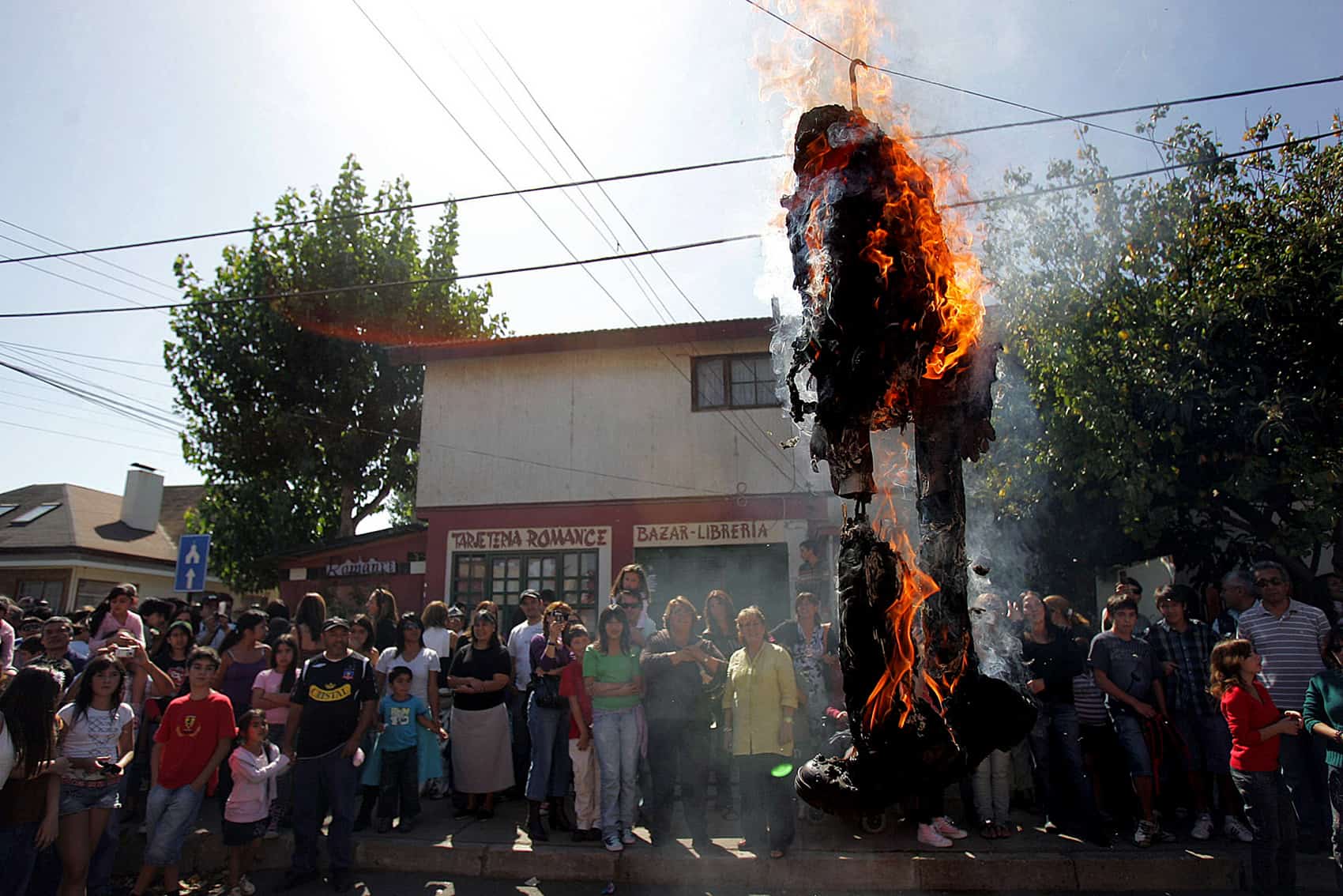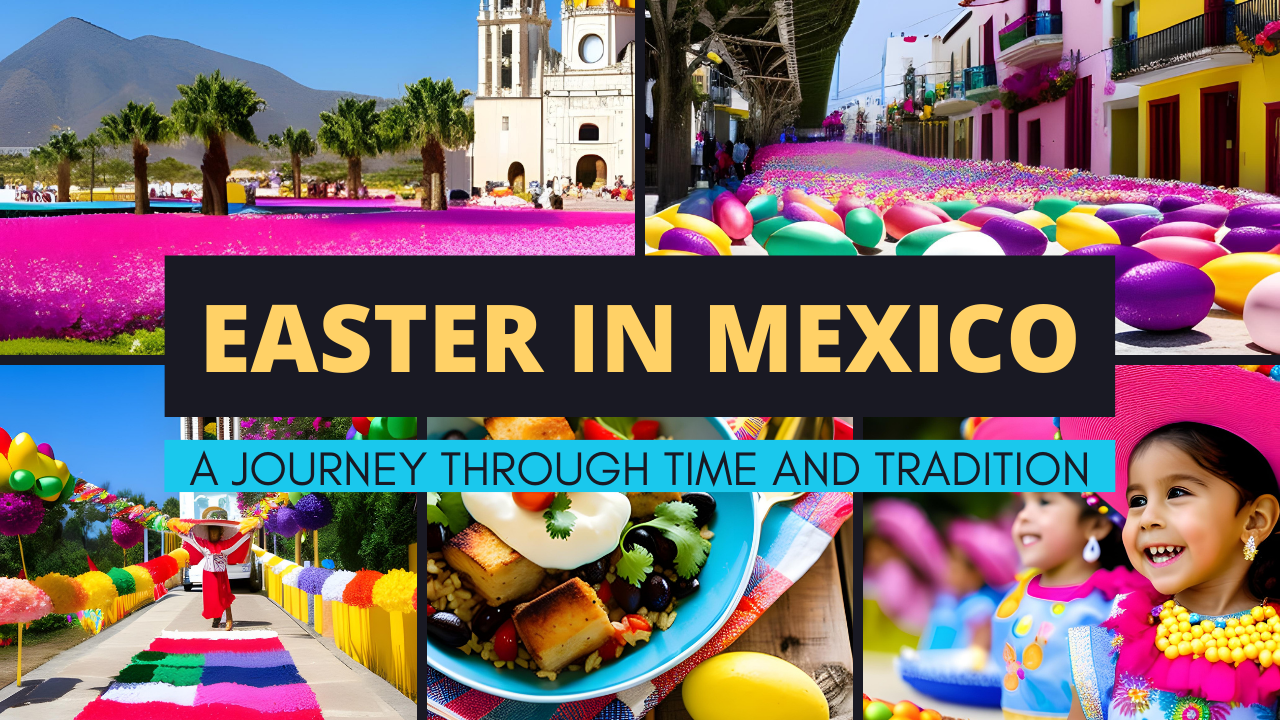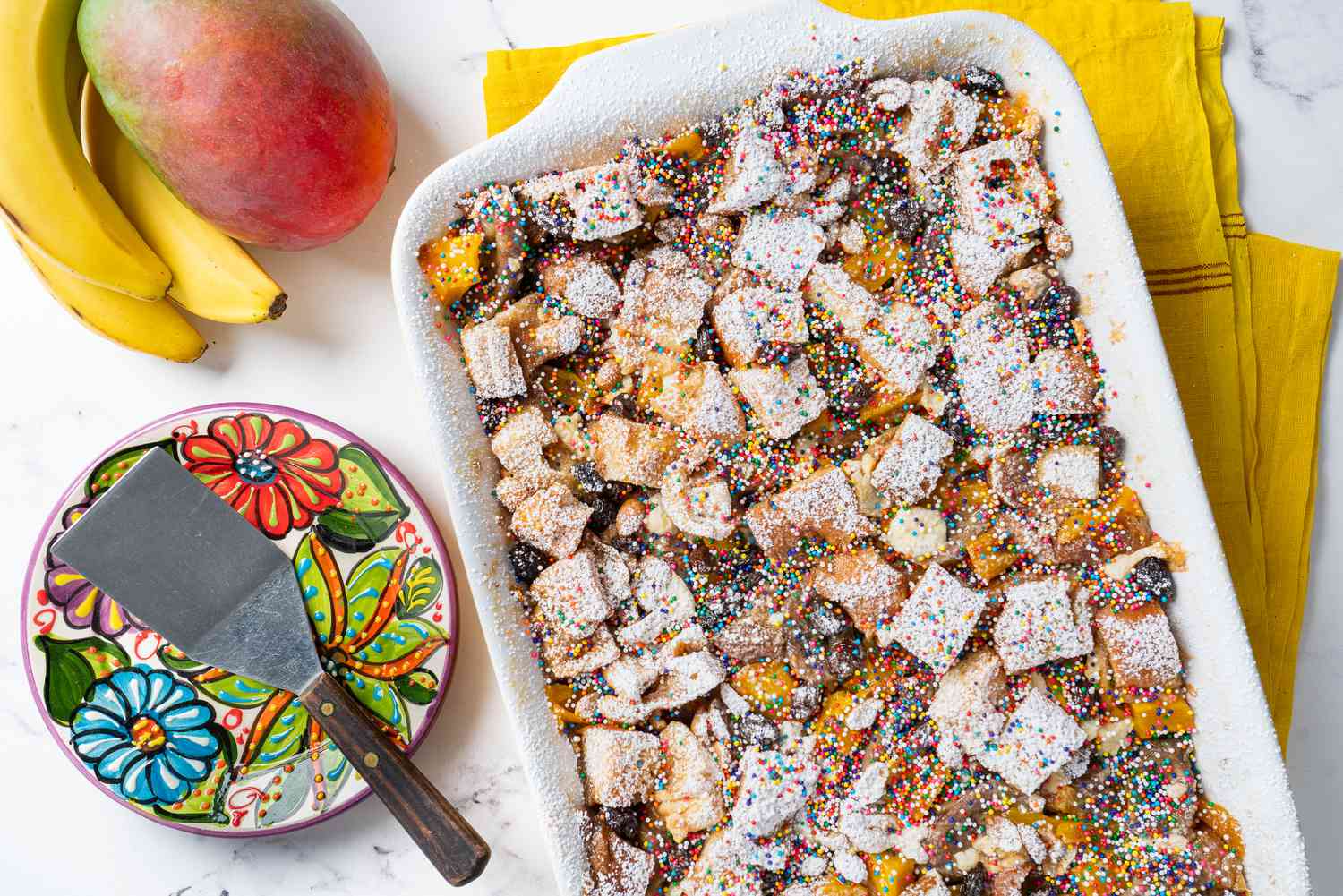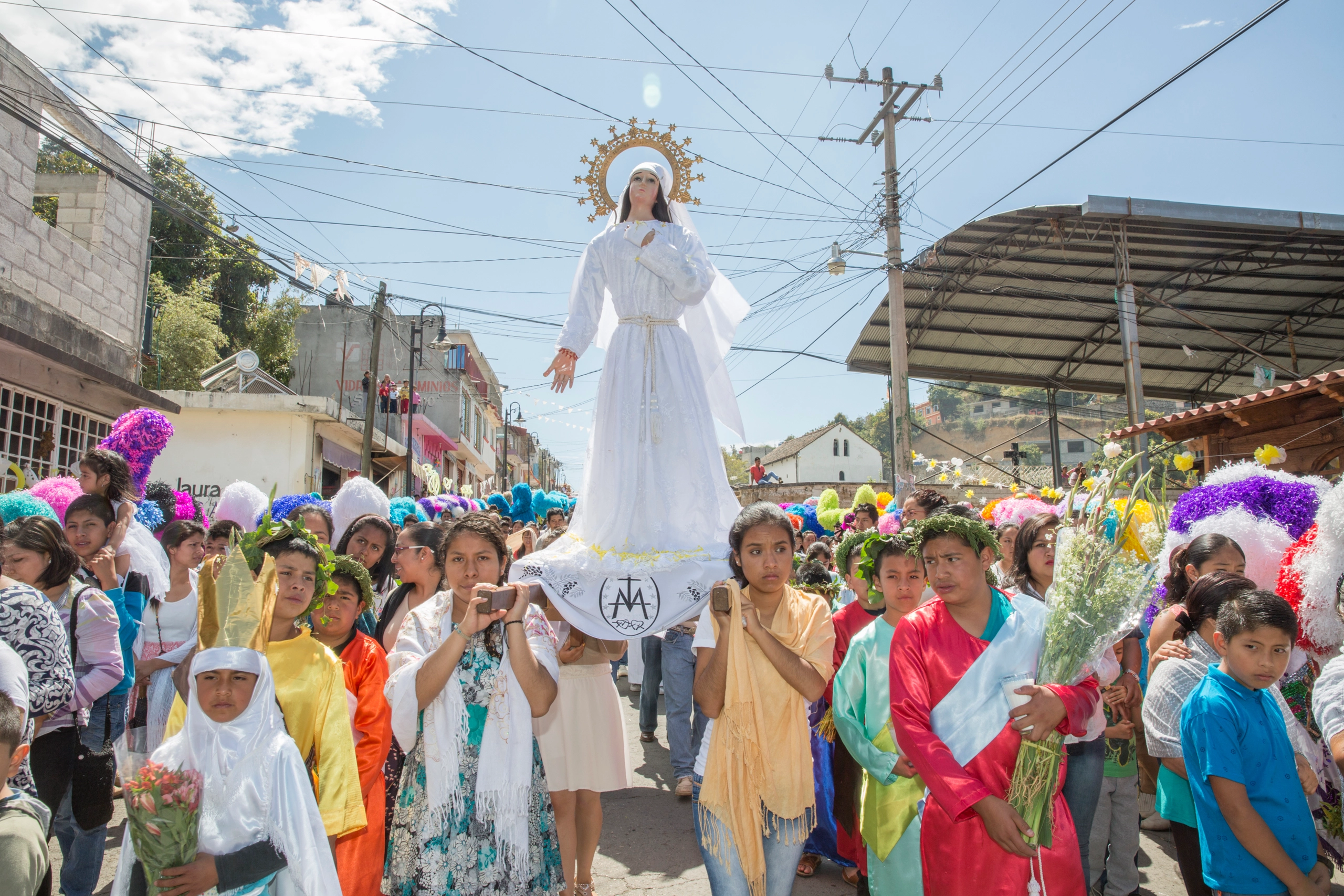Easter in Mexico: A Journey Through Time and Tradition
What are traditional Easter celebrations like in Mexico?
Easter, or Semana Santa, is one of Mexico's most important religious holidays. It is a time when Mexicans come together to celebrate their faith and culture through a variety of unique and colourful traditions. Here are some of the most traditional Easter celebrations in Mexico:
1. Processions: During Holy Week, many towns and cities in Mexico organize processions to commemorate the Passion and Death of Jesus Christ. These processions usually involve large statues of Jesus and the Virgin Mary being carried through the streets by the faithful, accompanied by music and prayer.
2. Food: Easter is a time for feasting in Mexico, with many traditional dishes being served during Holy Week. One of the most popular is bacalao, a dish made from salted codfish that is often served on Good Friday. Other popular dishes include chiles rellenos, tamales, and capirotada, a type of bread pudding made with cinnamon, cheese, and syrup.
3. Decorations: Mexicans love to decorate their homes and streets with colourful, handmade decorations during Easter. These often include papel picado, which are colourful paper banners, as well as flowers, candles, and crosses.
4. Easter Eggs: While not as popular as in other parts of the world, Mexicans do decorate eggs during Easter. However, instead of using dyes, they often use colourful tissue paper or paint to create intricate designs.
5. Burning of Judas: On Holy Saturday, many towns in Mexico participate in.

What foods are typically served during Easter in Mexico?
Easter in Mexico is a vibrant and exciting time of year, with many traditional foods and customs celebrated throughout the country. If you're planning a trip to Mexico during this time, you're in for a treat!
One of the most popular dishes served during Easter in Mexico is bacalao, a salted codfish stew typically served with potatoes, carrots, and tomatoes. This dish is a staple during Lent and is often eaten on Good Friday.
Another traditional Easter dish in Mexico is chiles rellenos, which are spicy peppers stuffed with cheese, meat, or vegetables. These are typically served with tomato sauce and rice. Other popular dishes during this time of year include tamales, mole, and various seafood dishes.
Besides these savoury dishes, many sweet treats are enjoyed during Easter in Mexico. One of the most popular desserts is capirotada, which is a type of bread pudding that is made with cinnamon, sugar, raisins, and nuts. Other common sweets include borrachitos (small candies made with tequila) and empanadas (turnovers filled with fruit or sweet cream cheese).
No matter what type of food you enjoy, there is sure to be something delicious to try during Easter in Mexico. So be sure to immerse yourself in the culture and try some of these traditional dishes during your visit!

Are there any special religious ceremonies during Easter in Mexico?
Easter, also known as Semana Santa in Mexico, is one of the most important religious celebrations in the country. It is a time of reflection and festivities that involves a wide range of religious ceremonies across different regions.
One of the most popular religious ceremonies during Easter in Mexico is the Via Crucis or the Way of the Cross. This religious event is held in most cities and towns throughout the country and involves a procession that depicts the moments leading up to the crucifixion of Jesus Christ. Participants typically dress up in traditional clothing and carry statues and crosses while singing religious hymns.
Another significant ceremony during Easter is the reenactment of the Passion of Christ, which takes place in various churches and squares. This ceremony is a dramatic performance that recreates the events leading up to the crucifixion and resurrection of Jesus. It involves actors dressed as biblical characters, and the narration of the story is accompanied by music and prayers.
In some regions of Mexico, there is a tradition of performing a 'Burning of Judas' ceremony. This involves creating effigies of Judas Iscariot, the disciple who betrayed Jesus, and burning them in public places.
Besides these religious ceremonies, there are many non-religious festivities during Easter in Mexico. These include parades, street markets, and traditional food and drinks, which are an essential part of the celebration.
In conclusion, Easter in Mexico is a time of reflection and celebration that involves a wide range of religious.

What activities are typically done during Easter in Mexico?
Easter or Semana Santa, as it is known in Mexico, is one of the most important religious holidays in the country. It is a time when Mexican people come together to celebrate the resurrection of Jesus Christ and reflect on their faith. The week-long celebration is filled with various activities that showcase Mexico's rich cultural traditions and history.
One of the most popular activities during Easter in Mexico is the reenactment of the Passion of Christ or La Pasión. This is a dramatic representation of the events leading up to the crucifixion and resurrection of Jesus Christ. The reenactment takes place in many towns and cities across Mexico, and locals dress up in biblical costumes and parade through the streets carrying crosses and reenacting scenes from the Bible.
Another essential activity during Easter in Mexico is attending Mass or La Misa. Many Mexicans visit their local churches to attend Mass throughout the week, with the most important being Easter Sunday. The churches are decorated with flowers and candles, and the Mass is usually followed by parades and processions.
Finally, many Mexicans take advantage of the long Easter holiday to travel and spend time with their families.

Are there any special Easter traditions that are unique to Mexico?
Yes, Mexico has a rich and unique set of Easter traditions that are deeply rooted in the country's culture and history. One of the most prominent customs is the reenactment of the Passion of Christ, also known as the Via Crucis or the Stations of the Cross. This is typically done through elaborate processions that involve the participation of the entire community, with people dressing up as Christ, the apostles, and other biblical figures.
Another important tradition is the creation of colourful and intricate altars or shrines that are dedicated to the Virgin Mary or other saints. These altars are typically adorned with flowers, candles, and other offerings, and are often displayed in public spaces such as parks, plazas, and churches.
In addition to these religious customs, there are also several secular traditions associated with Easter in Mexico. One of the most popular is the cascarones, which are colourful eggshells filled with confetti or small toys that are broken over people's heads during the Easter celebrations. There is also the tradition of the Judas, where effigies of Judas Iscariot are created and burned in public squares as a way of symbolically purging evil from the community.
Easter in Mexico is a time of great religious and cultural significance, and many traditions and customs reflect this rich heritage. Whether you are a tourist or a traveller, taking the time to learn about and experience these traditions can be a deeply rewarding and enlightening experience.










 Monday to Thursday 9am to 5pm
Monday to Thursday 9am to 5pm